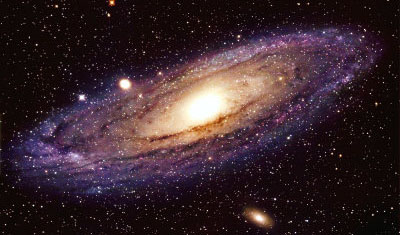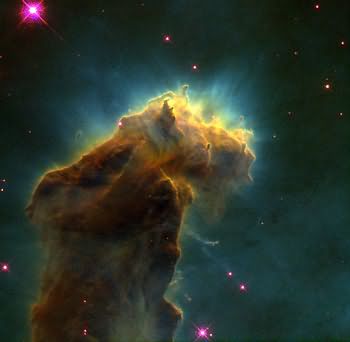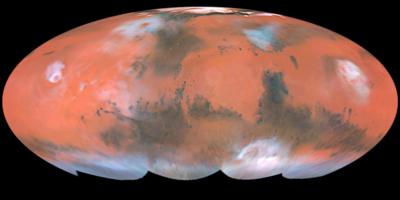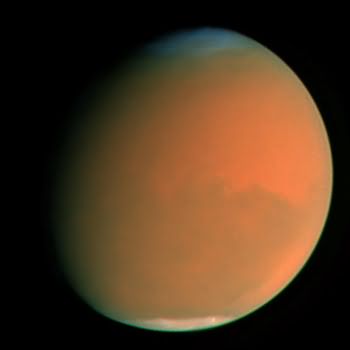Mars
Mars, also called the red planet, is the fourth planet in the Solar System and the second closest to Earth. It is named after the Roman god of war. Mars is an amazing planet, it has a volcano 25 km high called Olympus Mons, the tallest mountain in our Solar System. There is also a canyon which is 180 km wide and 7 km deep and as long as the USA is wide.
Scientists have agreed that there may have been water on the surface of Mars billions of years ago, but now there is only ice frozen at Mars' poles.
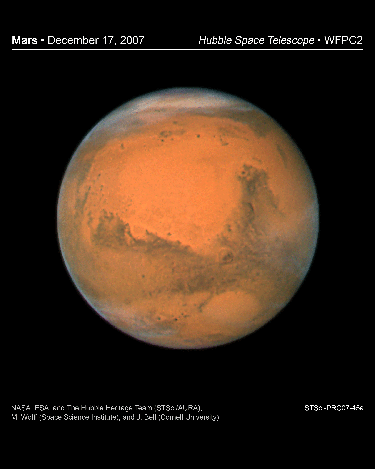
Mars may not have life on it's surface now, but life may have existed on Mars billions of years ago. Thousands of years ago a meteorite from Mars landed on Earth. It contains microscopic structures that could have been created by living organisms.
Mars has two moons, Phobos and Deimos. They are small, and unlike the moon of the Earth, are not spherical. This is due to their small size, which means that gravity cannot pull them into spheres. They are also thought to be captured asteroids.
Distance from the sun |
227,936,640 km |
Gravity |
3.693 m/s² 12.116 ft/s² |
Circumference |
21,344 km 13,263 miles |
Radius |
3,397 km 2,111 miles |
Mass |
641,850,000,000,000, 000,000,000 kg |
Surface Area |
144,100,000 km² |
Lengh of Day |
34.62 Earth hours |
Length of Year |
689.93 Earth days |
Temperature Min/Max |
-87/-5 °C |
Atmosphere |
Carbon Dioxide, Nitrogen, Argon |

